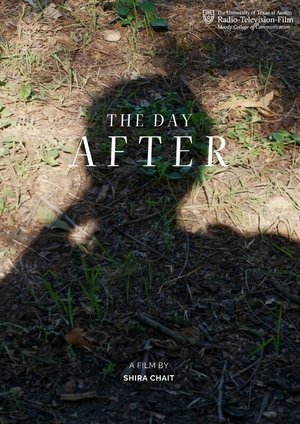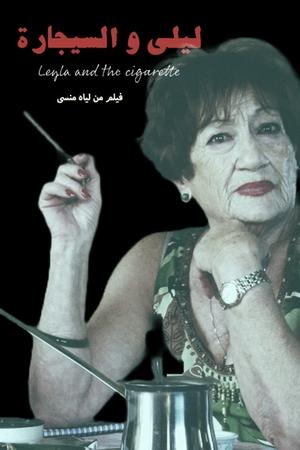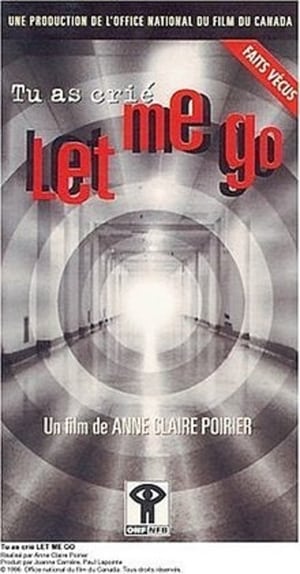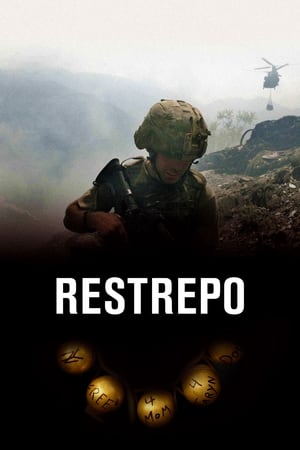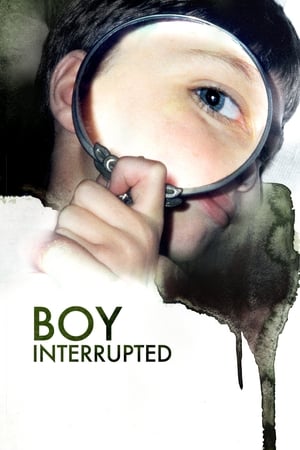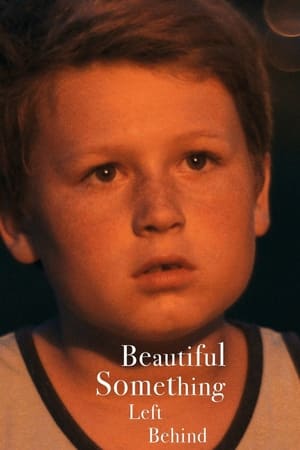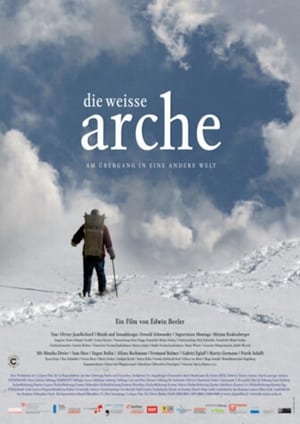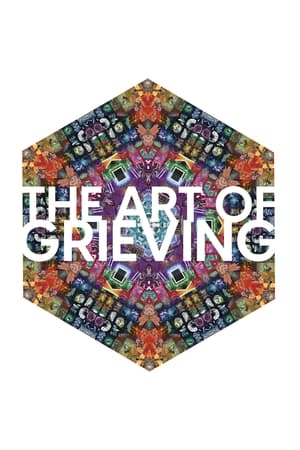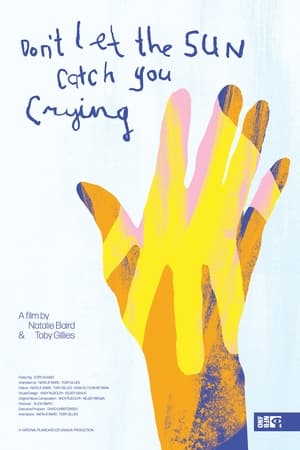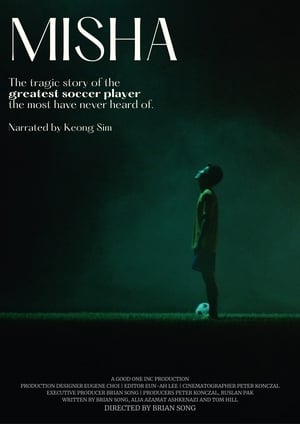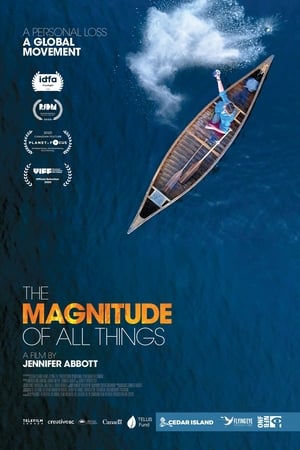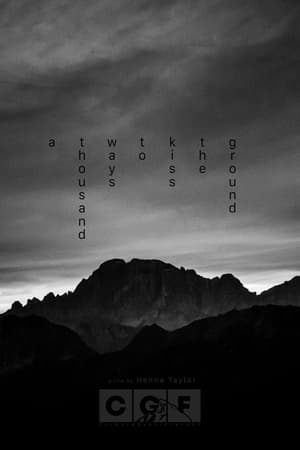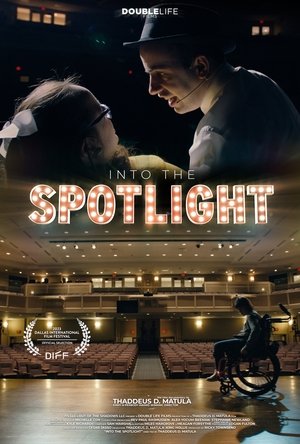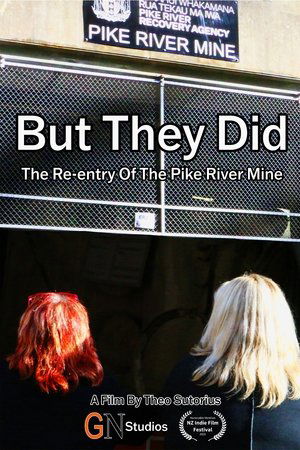Overview
A Buddhist scientist from Bangkok decides to cryo-preserve his daughter's brain. As scandal swirls around the family, they struggle to grieve a child that, in their view, is suspended between death and a future reawakening.
Reviews
Hope Frozen presents an emotionally charged and eye-opening look into cryonics, a topic unfamiliar to many viewers, while raising bold ethical and philosophical questions. Despite its intriguing subject, the documentary lacks clarity in explaining key figures like Sahatorn and Matrix, making it difficult for viewers to fully grasp their motivations and scientific credibility. Still, the film succeeds in provoking thought and empathy, offering a powerful yet controversial glimpse into grief, love, and human hope beyond death.
Read the full review here: (Indonesian version : alunauwie.com) and (English version : uwiepuspita.com)

 79 min
79 min
 6.3
6.3
 2018
2018
 Thailand
Thailand
 Alunauwie wrote:
Alunauwie wrote:

